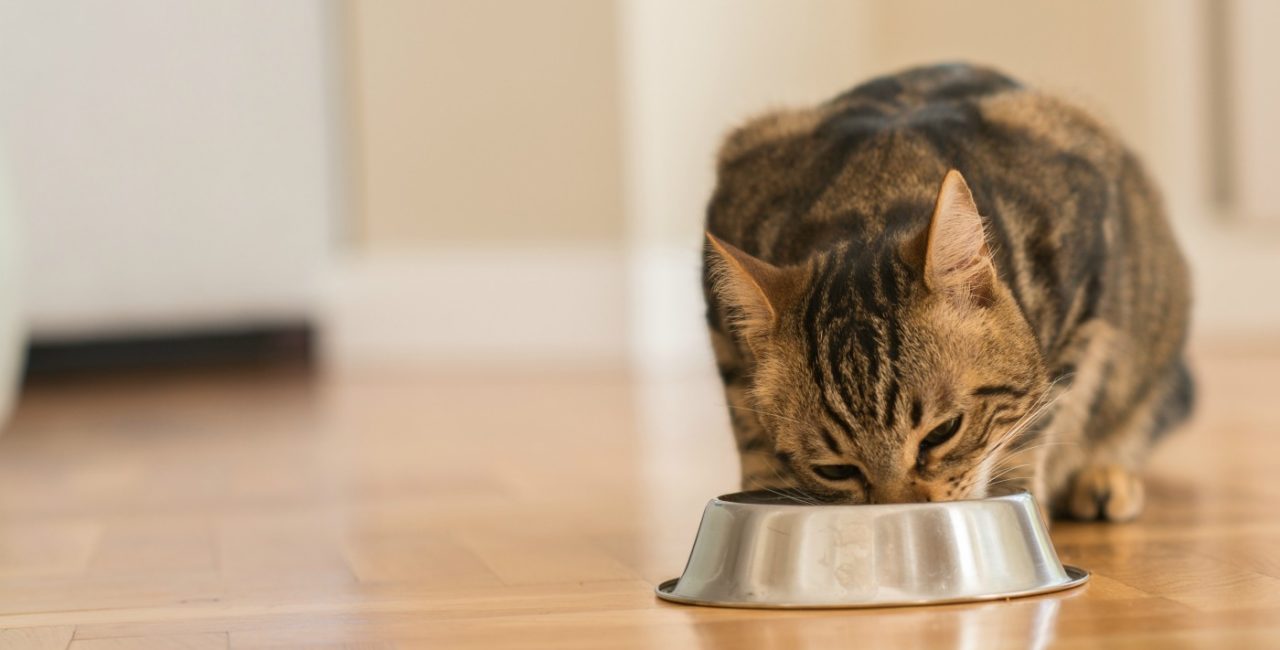When we want our overweight cat to begin to lose some of his or her excess poundage we may decide to use “tough love” and feed them much less to reduce calories. Another choice may be a change in the diet to a weight loss food. A problem arises when your fat cat does not like the new food and refuses to eat, or your kitty is losing weight too fast as the first scenario may lead to.
The liver will need to convert the excess fat into usable energy but if the liver is tasked with a heavy burden of fat for an extended duration fat will build up in the cells of the liver. Which will lead your cat to develop a condition called “Hepatic Lipidosis” or “Fatty Liver Disease.” We also see this in cats who were lost and had to deal with some form of starvation. Cats who have pancreatitis or diabetes, or it could be simply a new cat has moved into the home and your cat went on a hunger strike to avoid the new addition.
Hepatic Lipidosis will present to the pet owner when the cat stops eating and shows symptoms of vomiting, diarrhea or constipation, and listlessness. You may even notice a yellow to their ears, gums, whites of the eyes and the urine may be bright orange. The longer your pet goes with this condition untreated, the more aggressive the support to reverse it will be.
Upon presentation to the veterinarian, your pet will have a complete physical exam with as much detailed history of your cat’s life in the last 4 weeks. Blood work will need to be run and an ultrasound possibly with a liver biopsy. Fatty liver disease can develop in as quickly as 2 weeks with a 50% diet reduction.
Cats were originally designed to prey on small birds and rodent’s multiple times throughout the day. Their body is geared towards this carnivorous diet and would thereby live with lean bodies. Then we humans came along and domesticated the cat. We give them every opportunity to get fat, and their bodies are not designed to deal with this. When the liver becomes infiltrated with fat, it fails. In addition to the failing liver cats have a very high daily protein requirement and when they stop eating protein malnutrition develops quickly.
The most crucial part of recovery is to get your cat eating, sadly a cat with “Fatty Liver Disease” will refuse food. Force feeding is out of the question as it will not get enough food into your cat to help it, so we need to place an esophagostomy tube. This is a feeding tube that goes in through the side of the neck and into the esophagus. A specific calculation will be made to determine how much food will need to be pushed through the tube multiple times throughout the day to feed your cat. This tube will stay in until your cat is eating on his own again. The process can take weeks to months before your cat feels like eating again. Without this nutritional support this disease is fatal but with veterinary intervention 90% of cats treated recover.
We may also give your cat liver support medications, antibiotics and vitamins to support him through this process. Initially, he will be on IV fluids to battle dehydration and electrolyte imbalances but then can be sent home with the feeding tube in. This puts a large amount of home nursing care on you but it is manageable if you have the time and patience to commit to it.
Anytime a cat stops eating, for whatever reason we have to concern ourselves. Catching a disease process early makes it easier to treat and less expensive. This is yet another reason to measure the amount of food you offer to your pet daily. Cats hide when they are sick as best they can but if you can see your cat is not eating then you will know there is something wrong.
Any questions or concerns about your cat please do not hesitate to call us a Hillcrest Animal Hospital. It is our goal to help your beloved pets live happier and live longer.
Written by: Darlene Cannon, RVT




